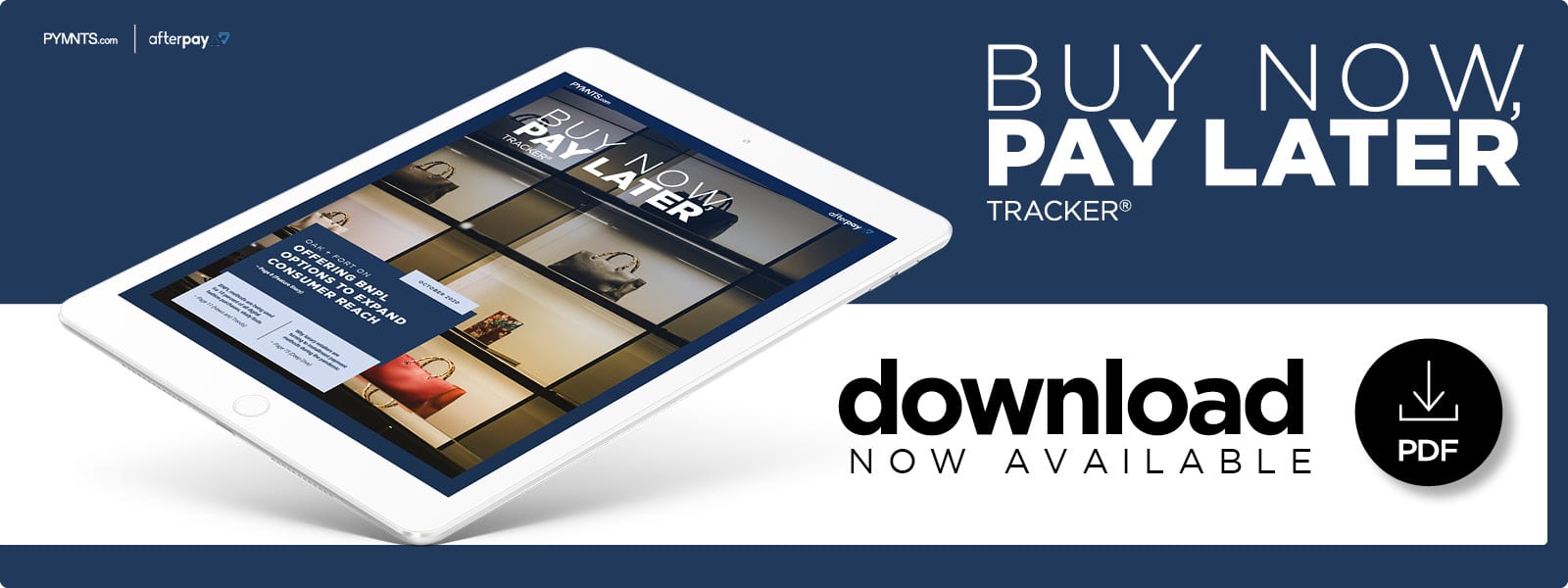OAK + FORT On Offering BNPL Options To Expand Consumer Reach

Many consumers are sticking to buying basics during the pandemic, leaving some luxury brands struggling. In the Buy Now, Pay Later Tracker, Cooper Watts, director of IT and eCommerce for accessible luxury retailer OAK + FORT, discusses how flexible-payment options are helping merchants appeal to younger consumers by bringing luxury purchases within their reach.
Luxury retailers are seeking ways to entice younger consumers to purchase expensive items in a retail world saturated with inexpensive alternatives.
Offering flexible payment plans is one strategy that can make high-end items appear more attainable to consumers who may not be able to afford them at full cost upfront — and retailers are finding this method effective. Millennials and Generation Z consumers are embracing buy now, pay later (BNPL) plans as a way to responsibly purchase items without incurring fees or debt in the process. In fact, 93 percent of millennial BNPL app users have not been subjected to late fees.
Many retailers are taking note of the positive track record that BNPL accounts have with millennials and Gen Z, including Vancouver, British Columbia-based OAK + FORT, an accessible luxury clothing and accessories retailer. The mid-size apparel company has 21 brick-and-mortar locations across North America, including 15 in Canada and six in the U.S., but it plans to expand in both countries.
The current level of economic uncertainty has prompted OAK + FORT to focus primarily on its eCommerce segment, according to Cooper Watts, the company’s director of IT and eCommerce. The business launched an eCommerce website serving worldwide in 2010, he explained in an interview with PYMNTS. It then opened a distribution center in the U.S. in 2016 and moved all its U.S. logistics to a separate website domain.
“Our main demographics are Gen Z and millennials, and many of them don’t have much money to spend — not to mention we are going through a pandemic,” Watts said.
Watts said he recognizes that consumer behavior is changing during the pandemic, with essentials, such as groceries and household items, taking priority over clothing purchases.
“When you’re stuck inside in lockdown or self-isolation, spending money on clothing becomes less of a priority,” he said. “So, we were thinking, with our target demographic and the majority of our customers being younger, it’s probably a lot harder for people to convert.”
The BNPL Boost
OAK + FORT confronted this stark reality by beginning to offer BNPL options through Afterpay on its U.S. website late last month. It is currently working with the installment payments provider to offer a similar option on its Canadian site while also considering integrating the offering at its physical stores.
“Afterpay provides the ability to break down payments into installments, so maybe it’s more appealing for someone of the younger generation who could afford $25 right now, not $100, and over the next four weeks, pay it off interest-free,” Watts said. “What really drove the decision was the current state of the world and coming up with a solution that will allow people to feel more comfortable to spend [during] this time.”
Order frequency was another main driver for opting to offer BNPL options to customers, Watts said. The firm began offering Afterpay on Aug. 24 and saw an increase in traffic to its site within weeks.
“We have noticed a positive impact on traffic already and expect it to continue to improve, since we haven’t even done a marketing launch yet,” he said.
How BNPL Options Expand Customer Reach
Afterpay retailers are listed in an online directory that its 8.4 million global users can peruse. The provider worked closely with OAK + FORT during implementation to ensure the firm received prominent placement in the directory for its launch.
“Having a listing in the directory is a huge driver of traffic as a referral source to our website,” Watts said, noting that OAK + FORT was able to leverage both the visibility from Afterpay’s platform and its existing customer base.
“Many of the people coming from the Afterpay shop directory were new customers to OAK + FORT but had previously used Afterpay,” Watts said. “So, we were getting exposed to a whole new set of customers that probably have not heard of our brand, especially in the U.S., where the population is so large, and gaining brand awareness can be very difficult for a marketing department within an organization our size.”
OAK + FORT witnessed a 5 percent increase in traffic between Aug. 24 and Sept. 14 as a result of its Afterpay launch and directory listing, he added.
The installment payments provider will serve as a mentor for the company, providing recommendations on how OAK + FORT should segment and direct traffic to the website through its campaign and offering advice on what digital or graphic creative assets should look like and how they should be best positioned, Watts explained.
OAK + FORT, like many other North American retailers, faces much uncertainty heading into the holiday season. Most agree, however, that offering a variety of payment methods can help dissuade cart abandonment at checkout and offer a broader reach to more consumers.
“If you don’t offer a payment method the customer uses when they get to the checkout, there’s nothing else you can do to convert that customer,” Watts said. “So, widening the options we accept in every way possible, whether that’s buy now, pay later or some other form of digital — like bitcoin or some sort of Visa service or Apple Pay — is very important.”
Retailers offering higher-priced goods are up against a multitude of challenges in the current climate, but adopting flexible payment plans may just be what can help propel them toward a brighter future.
